Learn English
Boost Creativity in English Language Learners
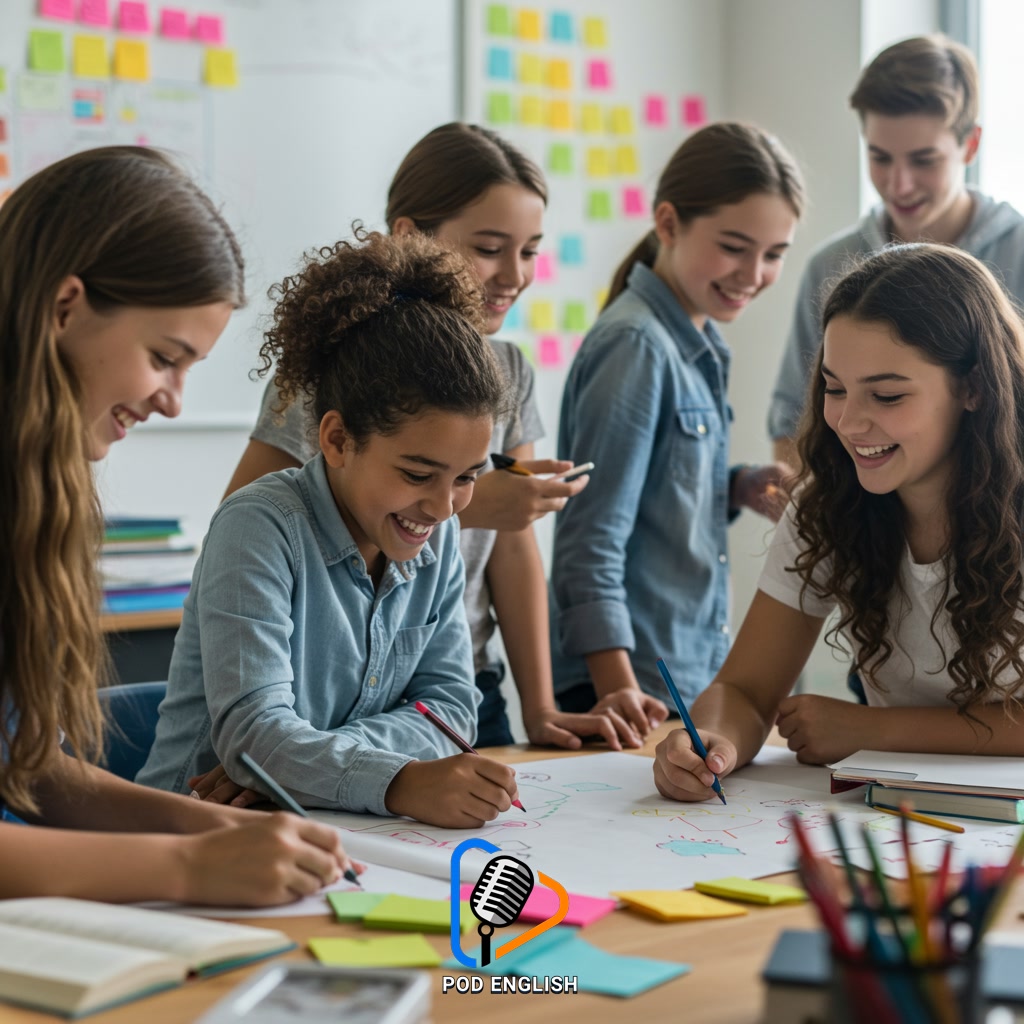
This content explores effective strategies for enhancing imaginative thinking and creative expression specifically tailored for individuals learning the English language. It focuses on practical methods to encourage learners to use English in novel and innovative ways. The goal is to help expand their communication abilities beyond standard structures. By applying these techniques, learners can develop greater fluency and confidence in using English creatively.
Table of Contents
- Section 1: Understanding the Role of Creativity in English Language Learning
- Section 2: Identifying and Overcoming Barriers to Creative Expression for ELLs
- Section 3: Practical Strategies to Foster Creative Language Use
- Section 4: Leveraging Resources and Technology to Stimulate Creativity
- Section 5: Creating a Supportive and Encouraging Learning Environment
- Section 6: Measuring Progress and Celebrating Creative Achievements
- Section 7: Long-Term Benefits of Enhanced Creativity in Language Proficiency
Section 1: Understanding the Role of Creativity in English Language Learning
Understanding the role of creativity is fundamental to mastering English beyond basic communication. It’s not just about knowing grammar rules and vocabulary; it’s about using the language flexibly, expressively, and imaginatively. Creativity empowers learners to connect ideas in unique ways, articulate personal thoughts and feelings authentically, and solve communication challenges. By encouraging creative thinking, we help learners move from simply repeating phrases to actively constructing meaning, experimenting with language, and developing their own voice. This deeper engagement fosters better retention, boosts confidence, and makes the learning process more dynamic and enjoyable, ultimately leading to greater fluency and a richer command of English.
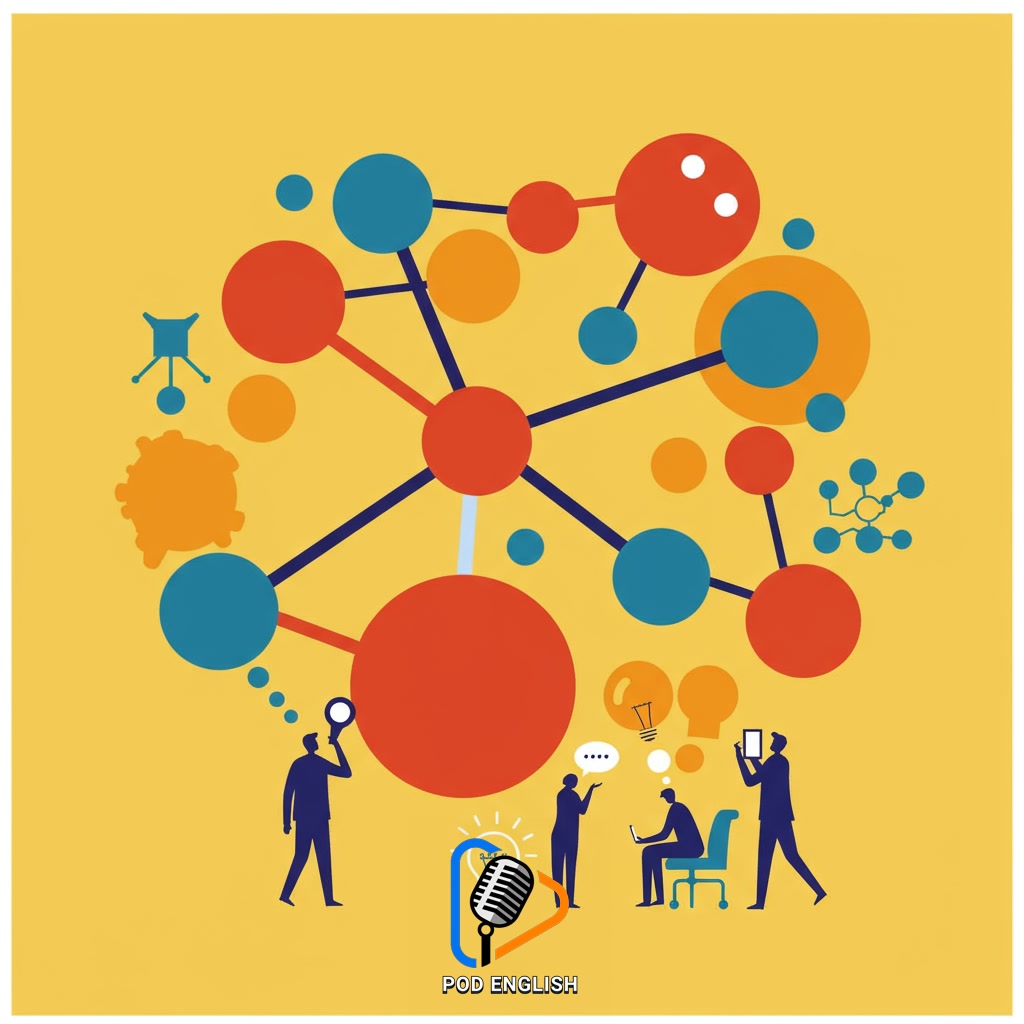
Understanding the Role of Creativity in English Language Learning
Section 2: Identifying and Overcoming Barriers to Creative Expression for ELLs
While understanding creativity’s importance for English Language Learners (ELLs) is key, recognizing and addressing common obstacles is equally vital. Many ELLs face significant barriers such as fear of making mistakes, limited vocabulary and grammatical structures hindering complex expression, lack of confidence in using English spontaneously, and cultural differences in communication styles that may discourage direct or imaginative phrasing. These factors can lead to hesitancy and prevent learners from exploring the language creatively. Overcoming these barriers requires creating a safe, encouraging classroom environment where errors are seen as part of learning, providing targeted support for language gaps, and explicitly teaching strategies that build confidence and encourage playful experimentation with English.

Identifying and Overcoming Barriers to Creative Expression for ELLs
Section 3: Practical Strategies to Foster Creative Language Use
Building on the understanding of common obstacles, this section introduces practical strategies specifically designed to encourage English Language Learners (ELLs) to use the language creatively. These methods move beyond traditional grammar drills and vocabulary lists, focusing instead on activities that spark imagination and personal expression. Techniques such as creative writing prompts, role-playing scenarios, collaborative storytelling, and using visual or auditory stimuli provide learners with low-stakes opportunities to experiment with English. By engaging in these hands-on, interactive tasks, ELLs can discover new ways to combine words and structures, express unique ideas, and build confidence in using English spontaneously and imaginatively. Implementing these strategies helps transform passive knowledge into active, creative communication.
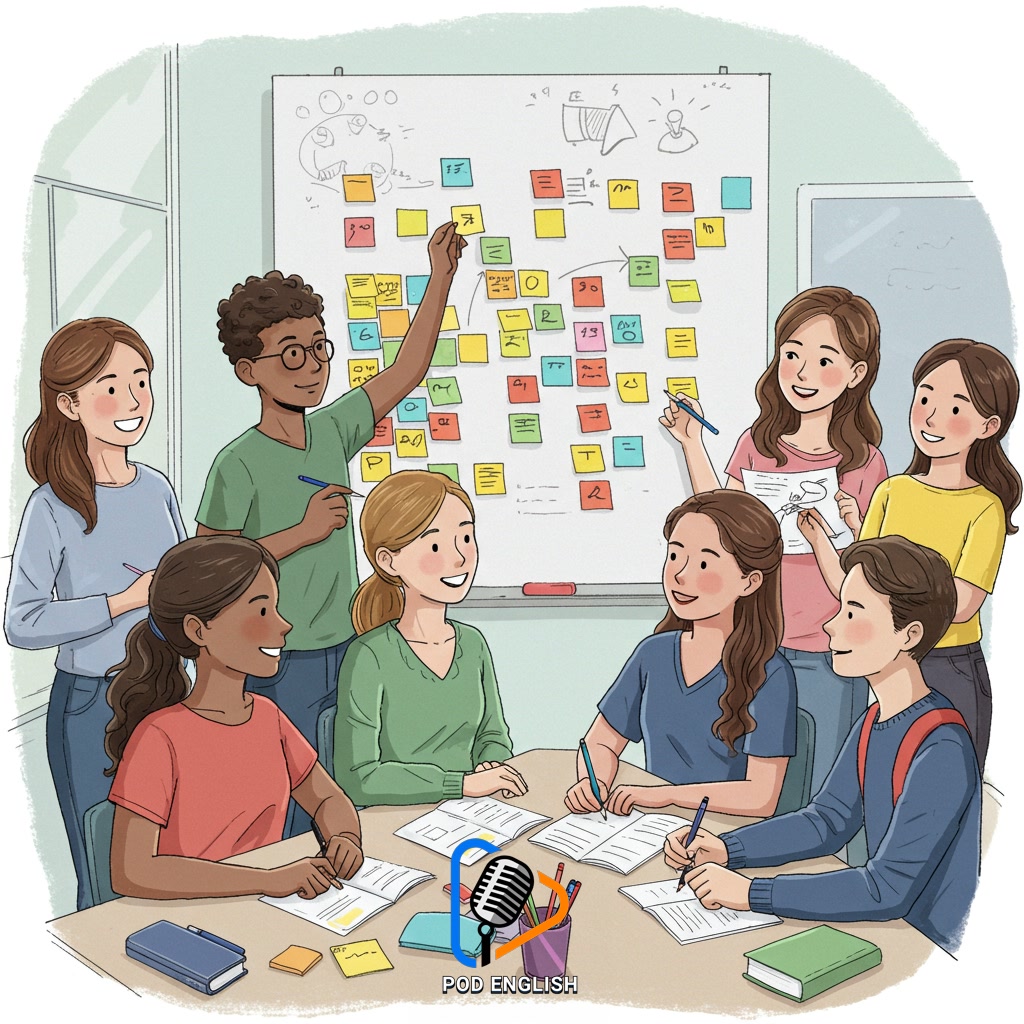
Practical Strategies to Foster Creative Language Use
Section 4: Leveraging Resources and Technology to Stimulate Creativity
This section delves into how leveraging various resources and modern technology can significantly enhance creativity among English Language Learners. Moving beyond conventional methods, learners can explore a vast array of digital tools, including interactive language learning apps, online platforms for collaborative writing and digital storytelling, and rich multimedia content like videos and podcasts. These resources offer fresh perspectives and novel avenues for expressing thoughts and ideas in English. Examples include using video editing software to create short narrated clips, designing digital presentations, or utilizing online dictionaries and thesauruses to discover more varied vocabulary. Furthermore, technology enables connections with a global community of speakers, providing authentic contexts that stimulate imaginative language use. Integrating these tools thoughtfully can transform the learning experience into a more dynamic and creatively driven process.
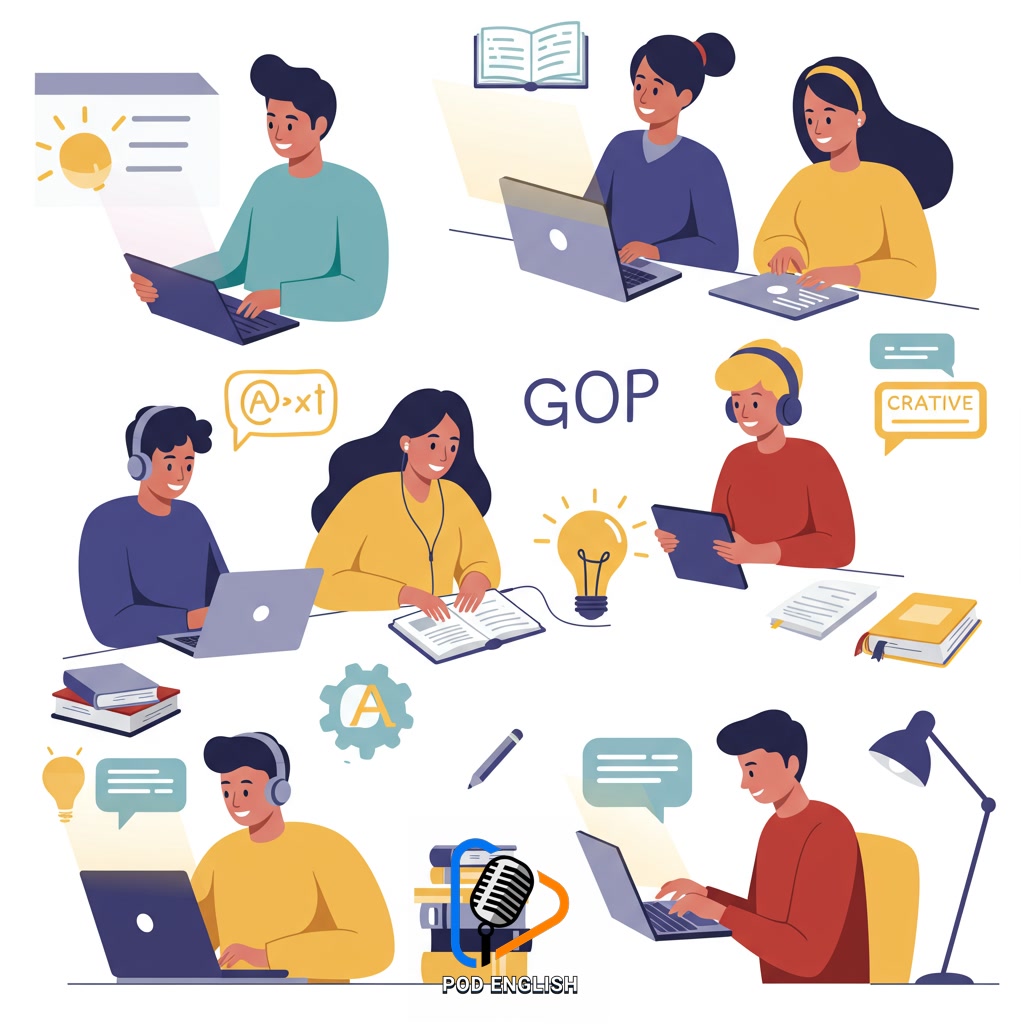
Leveraging Resources and Technology to Stimulate Creativity
Section 5: Creating a Supportive and Encouraging Learning Environment
Building upon the effective use of diverse resources and technology discussed previously, fostering creativity in English Language Learners fundamentally depends on the learning environment itself. Creating a space where students feel safe to experiment and take linguistic risks is paramount. When learners are free from the fear of making mistakes or being judged, they are more likely to explore new vocabulary, sentence structures, and expressive ways of using English. This involves cultivating a culture of encouragement, where effort and imaginative attempts are celebrated over perfect grammar or pronunciation. Positive feedback, peer support, and a teacher’s genuine enthusiasm for creative expression are key elements in building this supportive foundation, enabling learners to unlock their full creative potential in the language.
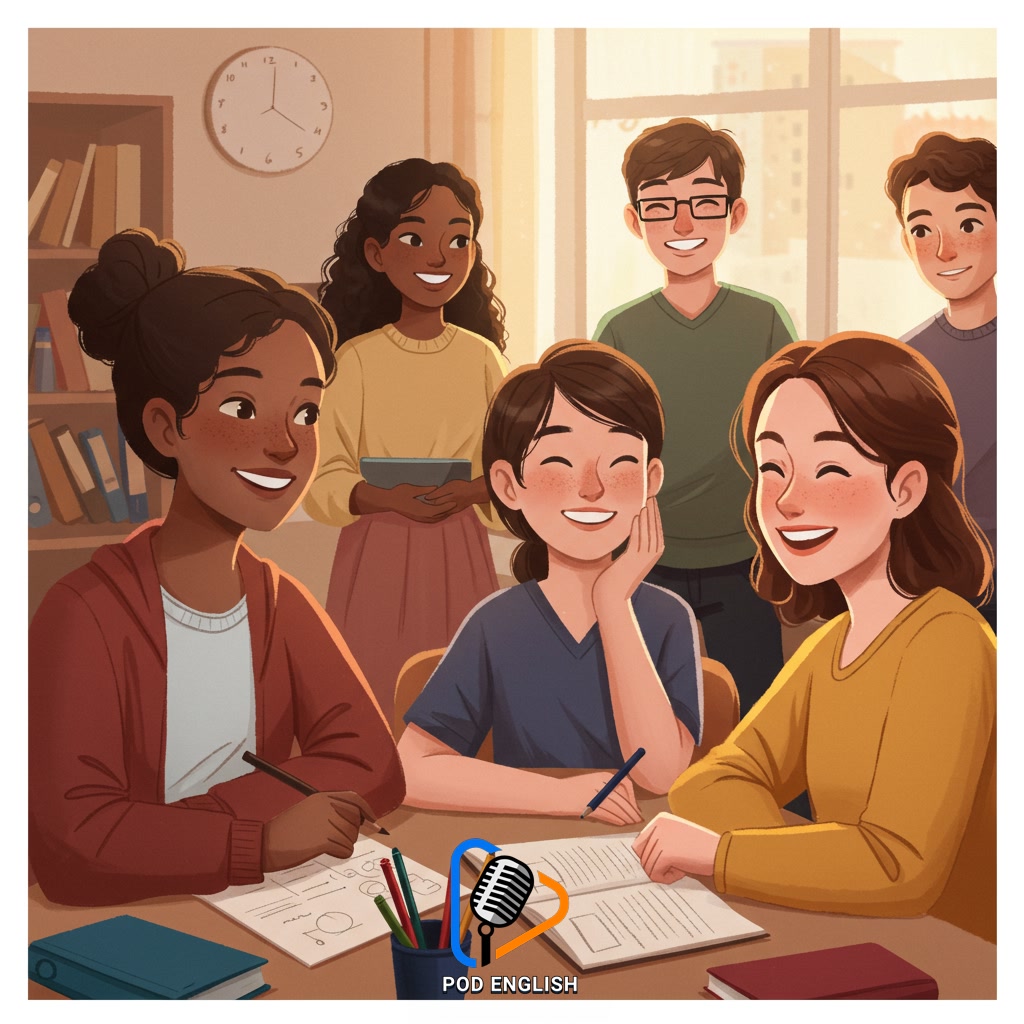
Creating a Supportive and Encouraging Learning Environment
Section 6: Measuring Progress and Celebrating Creative Achievements
Building upon the effective use of diverse resources and technology discussed previously, fostering creativity in English Language Learners fundamentally depends on the learning environment itself. Crucially, measuring progress in creative expression requires different approaches than traditional assessments. Instead of focusing solely on grammatical accuracy, evaluation should consider originality, fluency of ideas, imaginative use of vocabulary and structures, and the willingness to take linguistic risks. Portfolios of creative work, peer feedback sessions focused on positive aspects, and rubrics designed specifically for creative tasks (like storytelling or poetry) can provide valuable insights. Celebrating creative achievements, no matter how small, is vital for motivation. Displaying students’ creative writing or art, providing opportunities for them to share their work aloud, or simply offering specific praise for innovative language use reinforces the value placed on creativity and encourages further experimentation and growth in their English language journey.
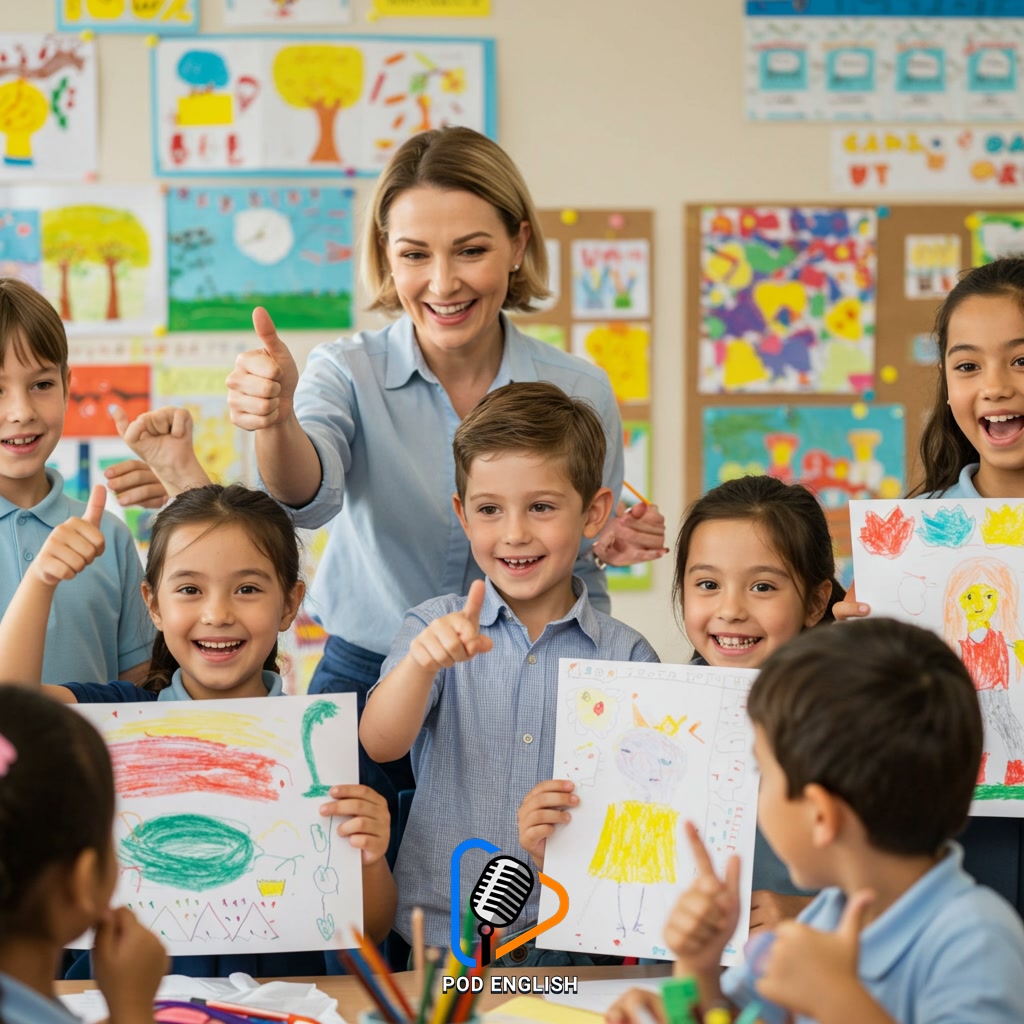
Measuring Progress and Celebrating Creative Achievements
Section 7: Long-Term Benefits of Enhanced Creativity in Language Proficiency
Fostering creativity in English language learners provides significant long-term advantages beyond simply improving grammar or vocabulary. Over time, creative practice helps learners develop adaptability, enabling them to navigate unfamiliar communication situations with greater ease. They become more flexible in using language structures, finding innovative ways to express complex ideas or emotions. This enhanced flexibility leads to greater fluency and a more natural, confident style of speaking and writing. Ultimately, creative English use empowers learners to become more independent communicators, problem-solvers, and lifelong learners, allowing them to continue growing their proficiency and using English effectively in diverse personal and professional contexts throughout their lives.

Long-Term Benefits of Enhanced Creativity in Language Proficiency













